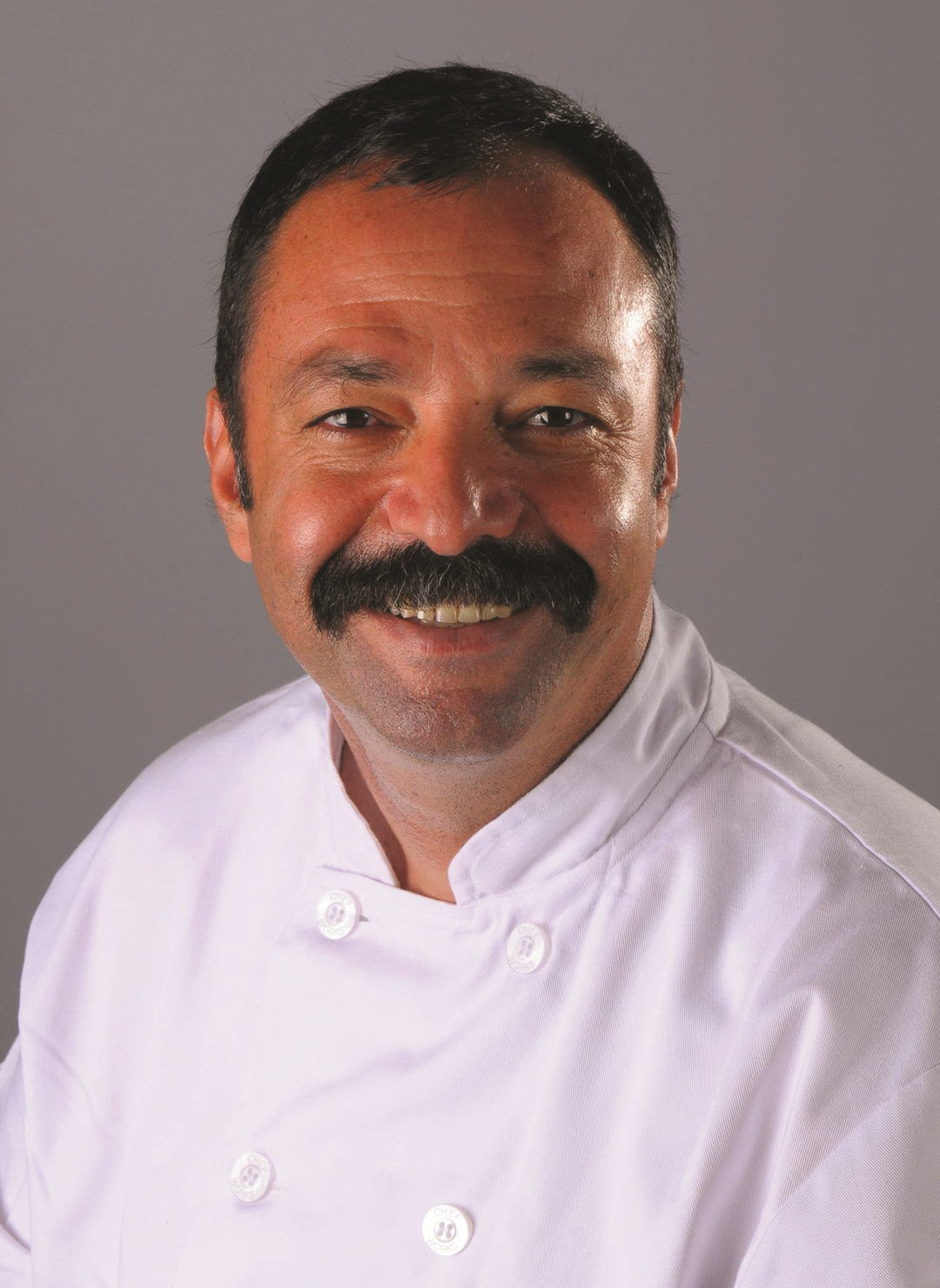
Phaidon Introductions: Musa Dağdeviren on food and family
The Turkish cookbook author understands his country's culinary traditions are heavily intertwined with his own story
While some chefs seek to update and revitalize their national cuisine, the Turkish chef and restaurateur Musa Dağdeviren simply tries to record and preserve his country’s culinary culture.
For Dağdeviren, author of The Turkish Cookbook, this culinary history is intimately connected to his own family's story, and in keeping traditional dishes alive, he honours the talents and memories of his parents, cousins, neighbours and forebears.
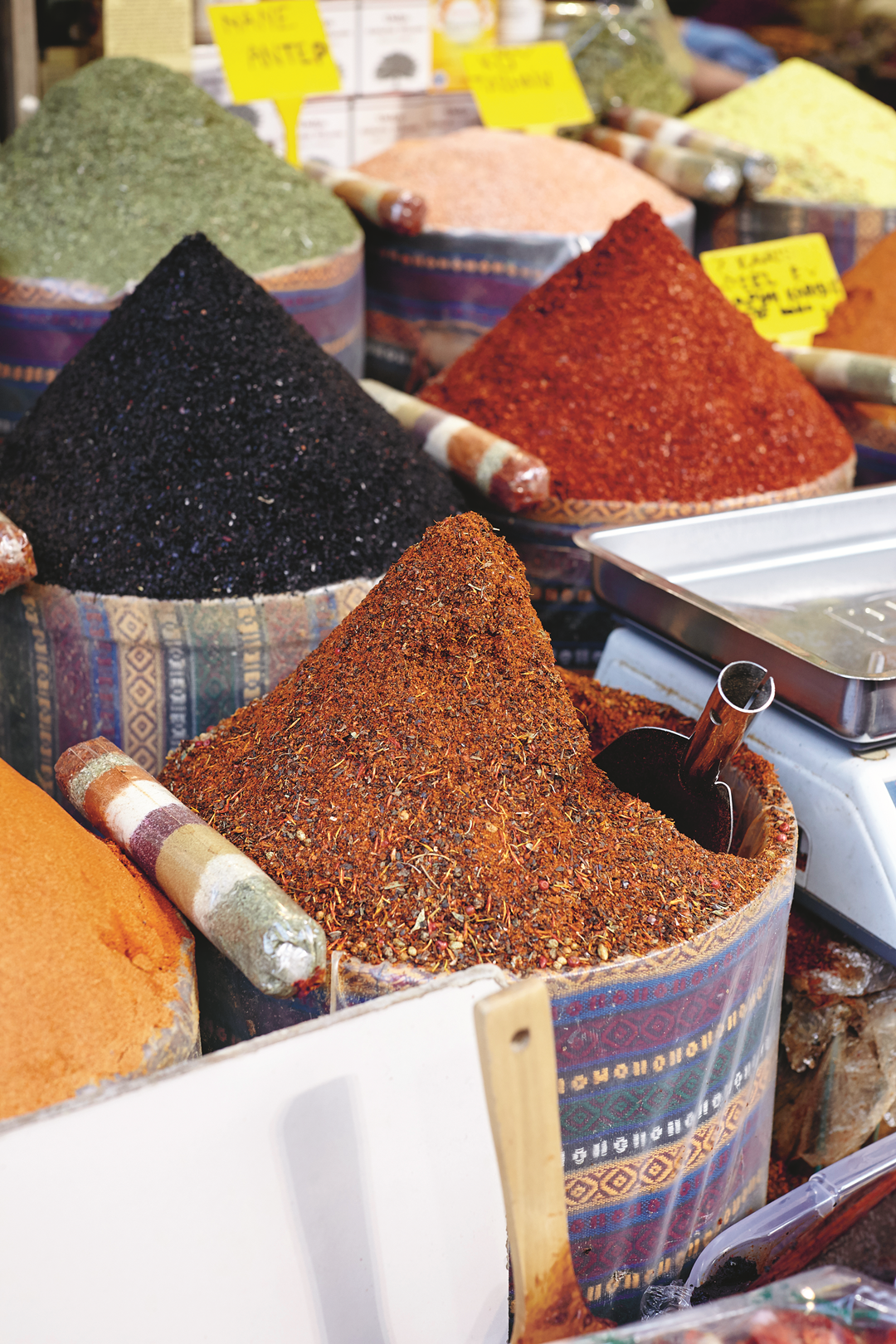
“Relatives on my father’s side were farmers and on my mother’s side bakers. My father looked after pistachio, olive and fruit trees. I still remember the wild honey I tasted in a pistachio orchard. My father was my master of all things rural from pistachios to olives, olive oil and fresh cheeses.
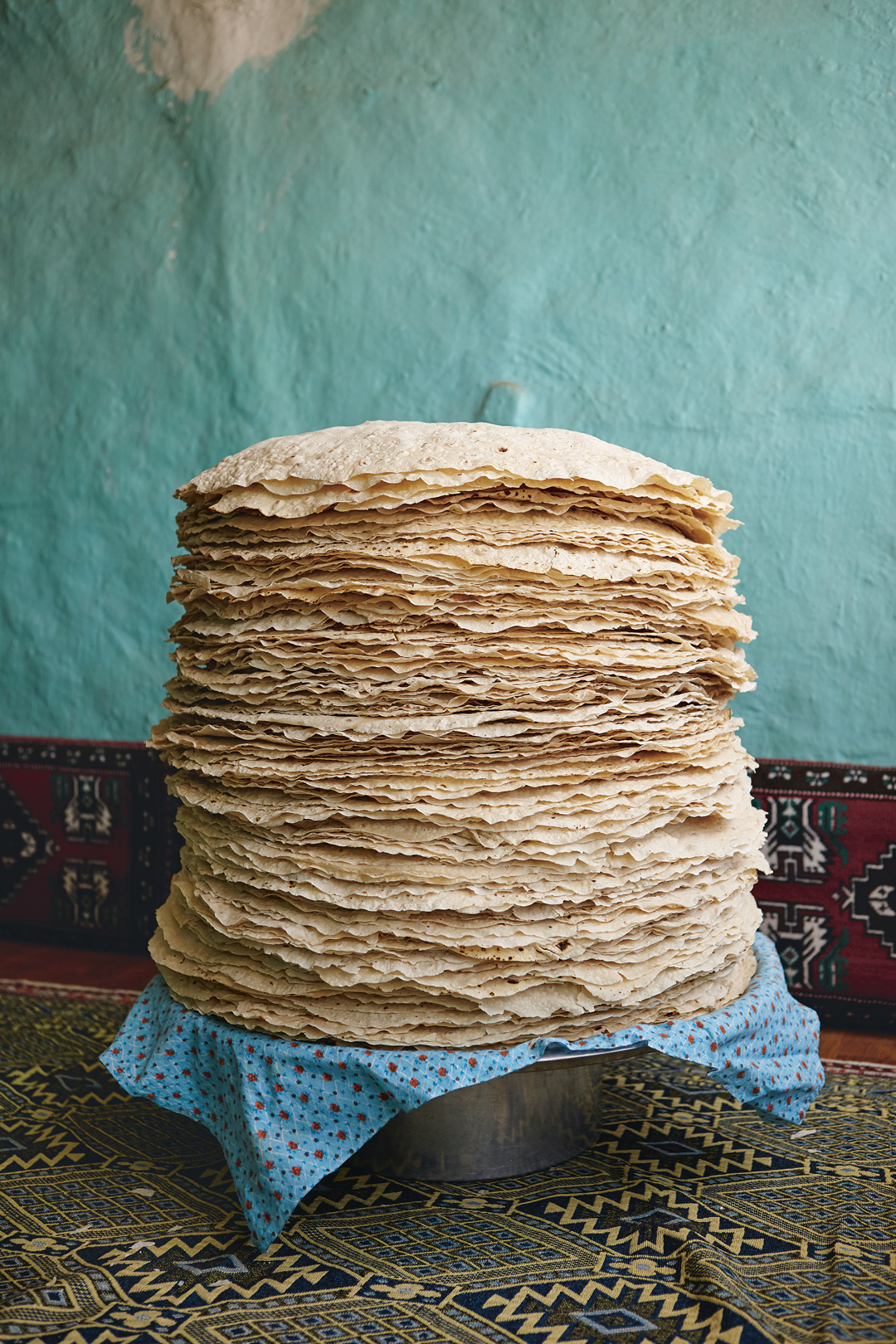
“My elder brothers and I are restaurateurs with a baking background. In Nizip, Gaziantep, where I am from, food meant everything to us. The ridged bread, various pides and börek were prepared at bakeries. The locals made trays of food at home and sent them off to local bakeries for a final taste test and baking. The filling for Lahmacun (Spiced Meat-Topped Flatbread) was made at the butcher and then sent, along with other meat, to the local bakery for cooking, eaten with fresh flatbreads and pide. There used to be many street vendors who cooked chickpeas in bone broth and pulled their carts in front of bakeries for hungry aficionados in the early morning. The bakers knew who were the best cooks in Nizip. They got cross if they were not offered a piece of the food they baked for others.
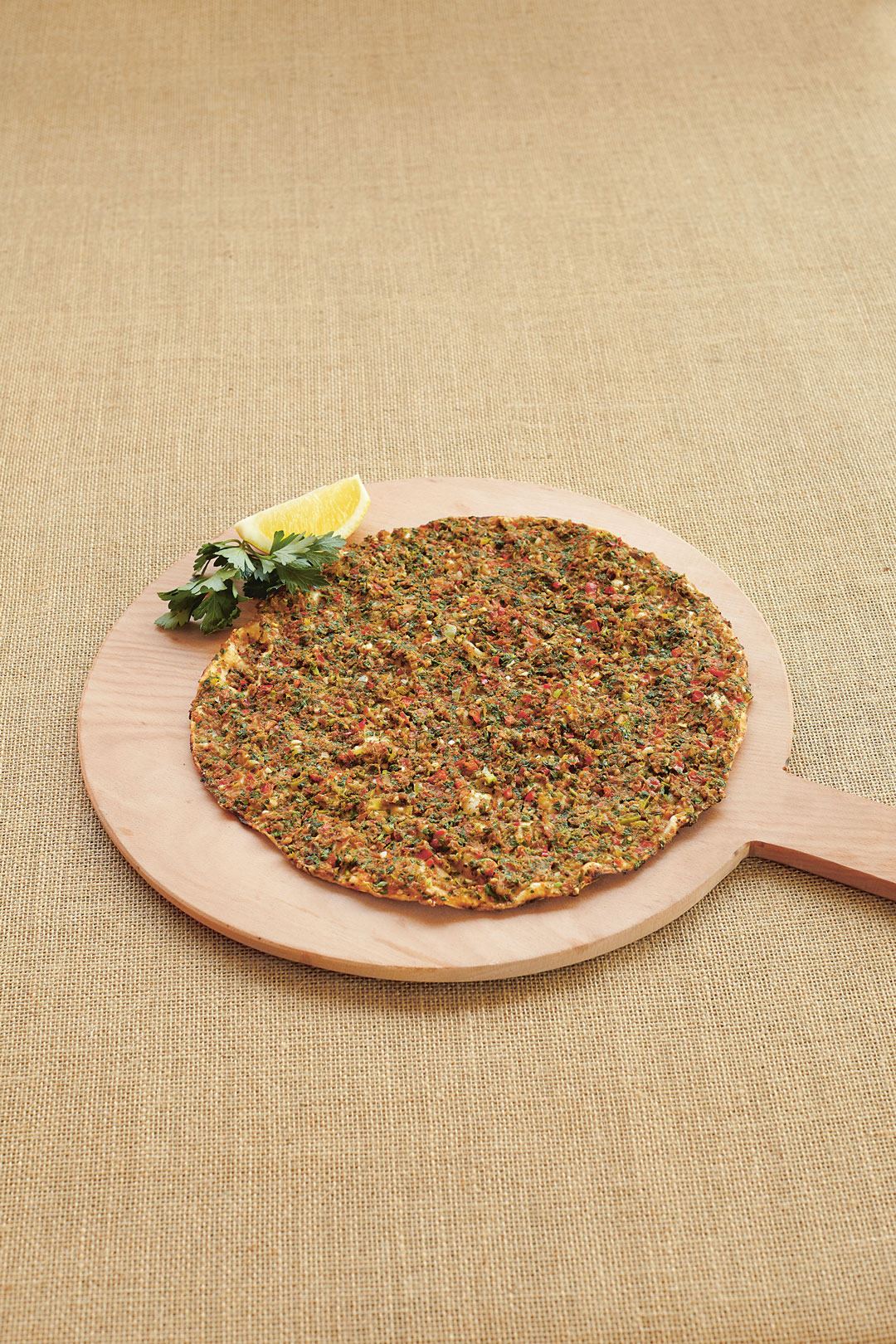
“The baker, butcher, greengrocer, kebab shop and pastry shop were all in the same area in Nizip. They somehow had a lot to do with one another. What is called ridged bread in urban areas was our staple. We always had it fresh. Sugar, sesame seeds, cartilage and lamb confit from the homes were added to this bread and turned into delicious pide. The fresh pide are dipped into olive oil and eaten with milk for breakfast. Fresh cheese is made of sheep’s milk at the beginning of spring and eaten with the pide.
“During primary school we used to compare our mothers’ food. Every mother had a special dish she made really well. I have always been interested in ingredients and cooking techniques. This curiosity eventually led me into my research and field work on the relationship between food and folklore. Discovering sources about our culinary history put things into a historical perspective, more of a continuum. My mother has been my inspiration and I still love to learn.
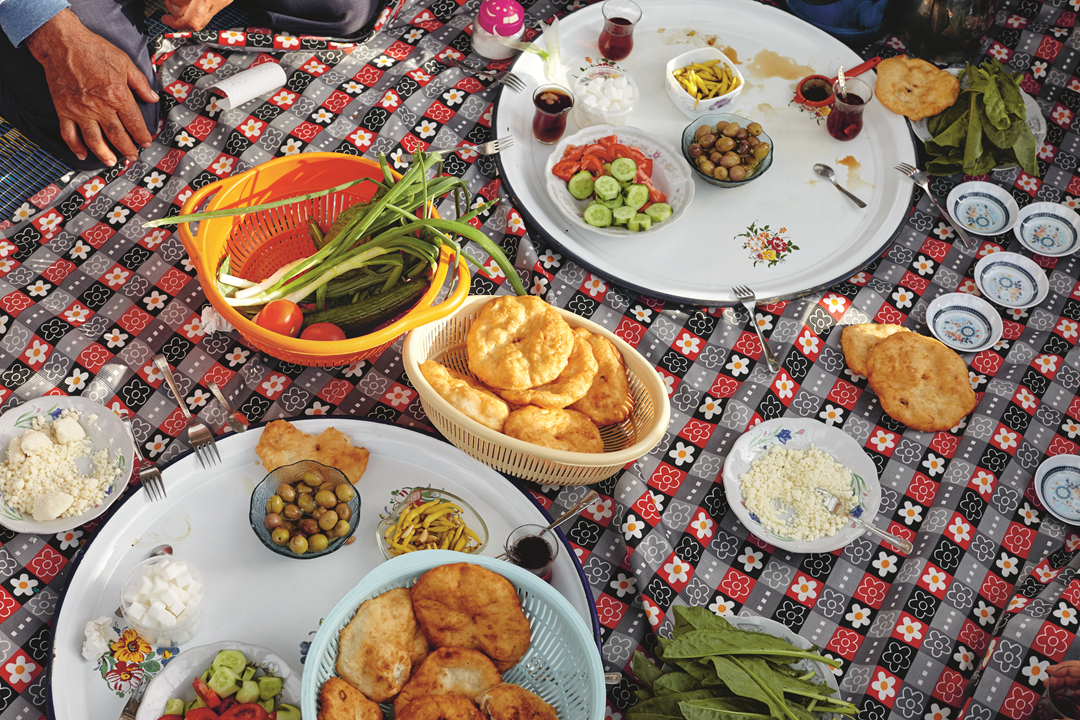
“I came to Istanbul in 1979 to work at my uncle Ismet’s restaurant. The meze, grilled dishes and fish fired my enthusiasm and broadened my horizons. I learnt about the restaurant trade at places run by my older brothers and uncles. In the 1980s we cooked with diverse ingredients, most locally produced.
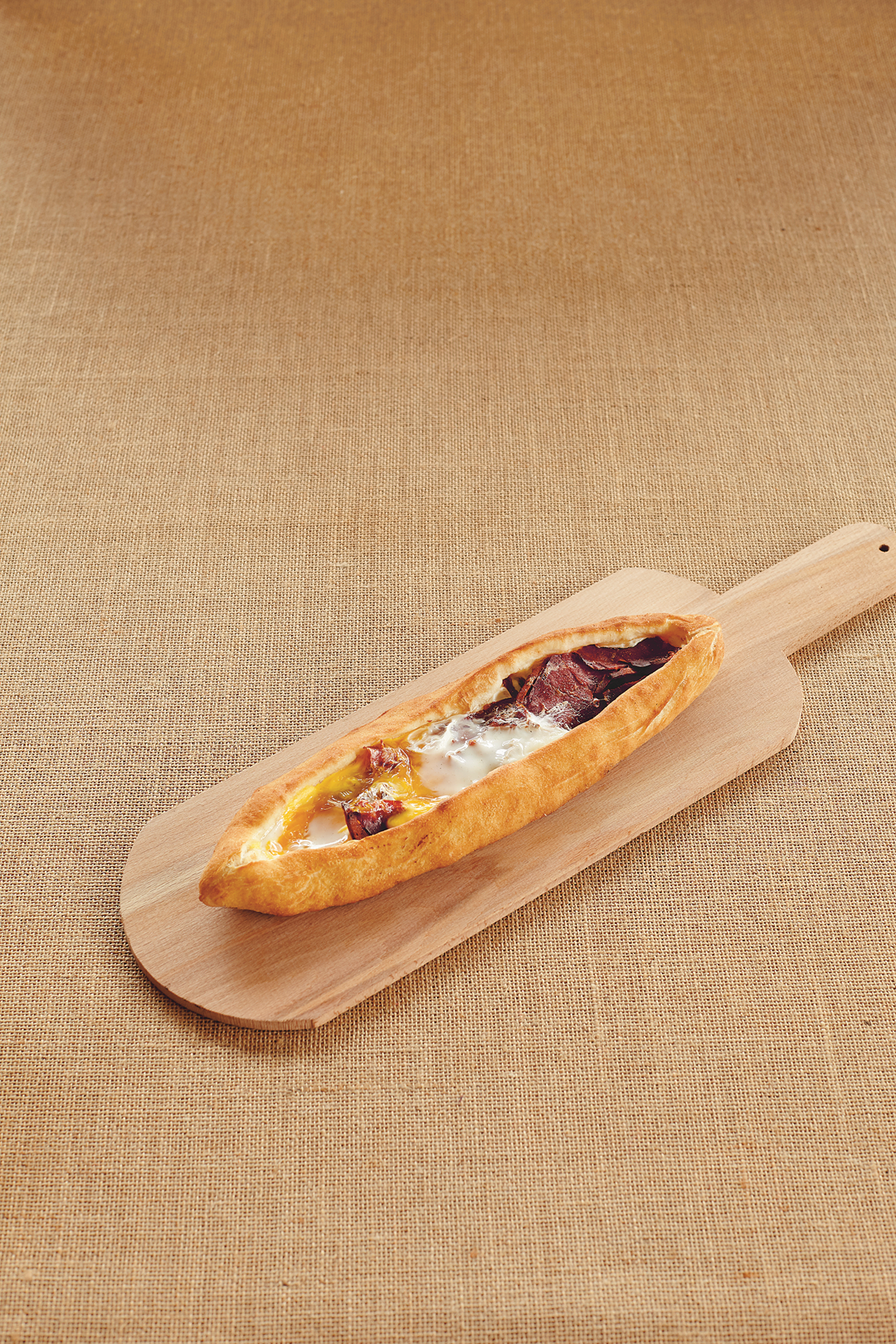
“Street vendors and restaurants contributed to a vibrant and authentic food scene which is sadly no longer here because of wider access to mass-produced foods. The local food culture that was dominant in Nizip in my childhood has long been replaced by restaurant food. Restaurants do serve local specialties like ridged bread, pide, lahmacun, sheep’s head and trotters soup, lentil soup, karnıyarık and moussaka. More efficient communication and urbanisation have unfortunately taken place at the expense of local cuisines.
“I worked at several restaurants and did a fair bit of field work before opening a tiny restaurant with four friends in 1986. This six-table diner eventually turned into Ciya and I eventually became the sole owner. This boutique hole-in-the-wall is still remembered with affection by aficionados. I would take orders for special dishes and cook them for the patrons who enjoyed them accompanied by classical music. A woman among our regulars made a comment about the name of the Icli köfte (Kibbeh) in the menu. She claimed it was called ‘oruk’. I immediately knew she was from Antakya since this is the local name for kibbeh. That is how I met my wife Zeynep!
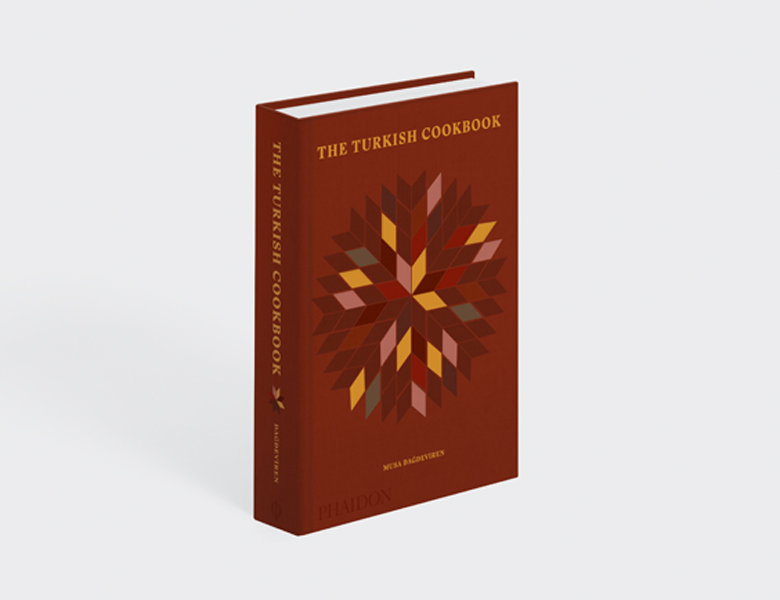
“In 1998 we opened Ciya Sofrası, on the same street but with a new concept. Ciya Sofrası has always been known as a destination for the lesser-known cuisines of Southeastern Anatolia and Eastern Mediterranean. It encompasses a larger area from Mesopotamia to Anatolia featuring Azeri, Georgian, Turkish, Arabic, Armenian, Kurdish, Rum, Assyrian, Laz, Circassian and Sephardic dishes. In 2001 we opened a bigger kebab restaurant on the same street. We now also have our own farm to supply our restaurants with the freshest produce. We make our own pickles, grow our own fruit and vegetables and make our own tomato and red bell pepper pastes with the ingredients we grow ourselves.
“I have also been sharing my knowledge about Turkish culinary culture in high schools, universities and local councils both in Turkey and internationally. Since 2005 I have been publishing Yemek ve Kültür (Food and Culture) with an editorial board of academics covering the history, literature, etymology and folklore of food. Ciya Yayınları is a specialised publishing house focusing on documenting food history. The Ciya Foundation carries out research on our culinary culture and aims to compile a food dictionary of our country and document food culture.
For more on this holistic view of Turkey’s culinary heritage, and to learn how to make many of the dishes mentioned, order a copy of The Turkish Cookbook here.